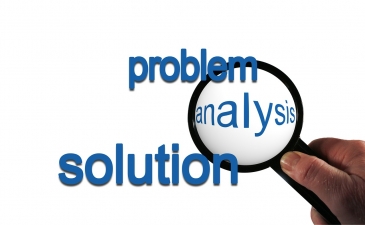 Job Hazards Analysis (JHA) and Job Safety Analysis (JSA) processes sound similar and do have a lot in common. Both involve looking at specific workplace hazards and breaking them down; examining specific jobs on a per-task basis and designing ways to control associated or discovered hazards. Most people accept that they are both a part of a larger jobs safety program. In brief, the JHA acts as the first step in a 2-step program that culminates in a JSA.
Job Hazards Analysis (JHA) and Job Safety Analysis (JSA) processes sound similar and do have a lot in common. Both involve looking at specific workplace hazards and breaking them down; examining specific jobs on a per-task basis and designing ways to control associated or discovered hazards. Most people accept that they are both a part of a larger jobs safety program. In brief, the JHA acts as the first step in a 2-step program that culminates in a JSA.
The Job Hazards Analysis functions as the beginning of the safety inspection process. During your JHA, a specific job is examined. You will have to look at the job on a task-by-task basis to properly evaluate all pertinent hazards. After identifying the hazards, the JSA process begins.
As the second step in your full job safety assessment, the typical JSA involves taking the hazards determined during the initial JHA process and figuring out what can be done in response. Short-term and long-term fixes are both to be considered during this period, so that temporary measures do not get installed then never updated due to future inattention. The JSA should also be an ongoing process, in which you and your employees look at the hazards in their midst as often as possible to make sure that everything is under control.
As you can see, the JHA and JSA processes are not entirely separate from one another. Your JSA could unearth new hazards for analysis, while your JHA process could include immediate activity to handle newly-specified workplace issues. For the most part, the differentiation between JSAs and JHAs will rely on a company’s specific internal workings. If the processes are not separated in official protocols and documentation, introducing a new system that forces the two apart will just lead to confusion. However, if your company mandates separate and specific JSA and JHA programs, you will need to stick to the prescribed system rather than attempting to blend the two for convenience’s sake.







